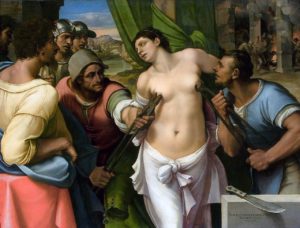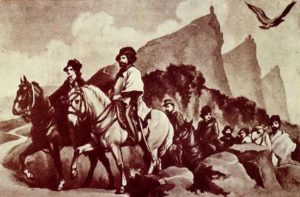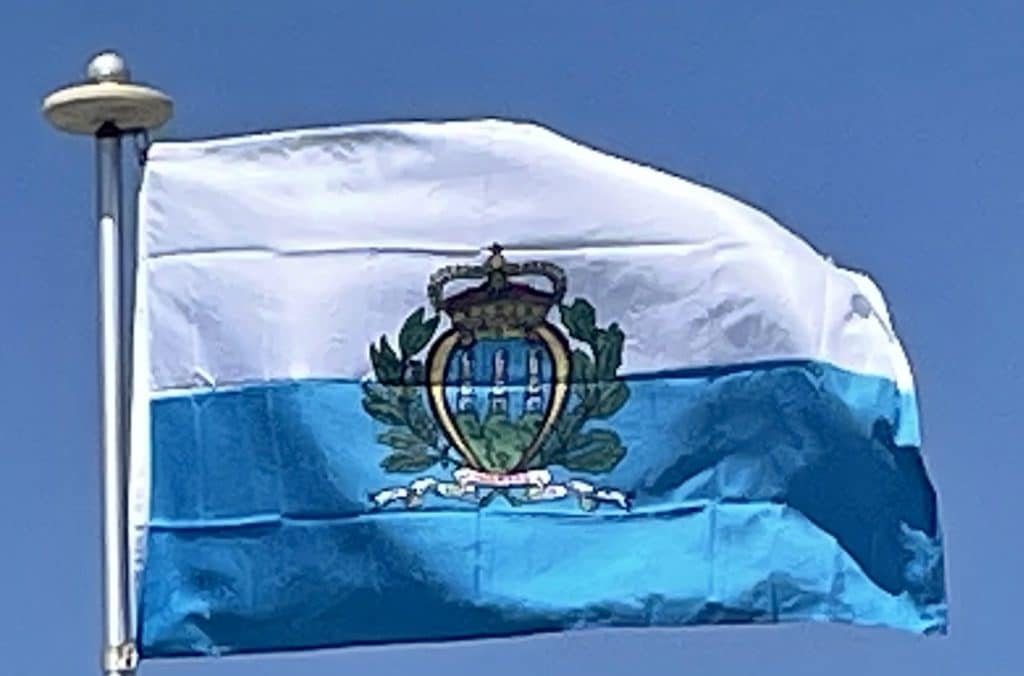
The advance of Napoleon’s army in 1797 presented a brief threat to the independence of San Marino, but the country was saved from losing its liberty by one of its regents, Antonio Onofri, who managed to gain the respect and friendship of Napoleon. Due to Onofri’s intervention, Napoleon, in a letter delivered to Gaspard Monge, scientist and commissary of the French Government for Science and Art, promised to guarantee and protect the independence of the Republic, even offering to extend its territory according to its needs. The offer was declined by the regents, fearing future retaliation from other states’ revanchism.
During the later phase of the Italian unification process in the 19th century, San Marino served as a refuge for many people persecuted because of their support for unification, including Giuseppe Garibaldi and his wife Anita.

The government of San Marino made United States President Abraham Lincoln an honorary citizen. He wrote in reply, saying that the republic proved that “government founded on republican principles is capable of being so administered as to be secure and enduring.”
During World War I, when Italy declared war on Austria-Hungary on 23 May 1915, San Marino remained neutral and Italy adopted a hostile view of Sammarinese neutrality, suspecting that San Marino could harbour Austrian spies who could be given access to its new radiotelegraph station. Italy tried to forcibly establish a detachment of Carabinieri in the republic and then cut the republic’s telephone lines when it did not comply. Two groups of ten volunteers joined Italian forces in the fighting on the Italian front, the first as combatants and the second as a medical corps operating a Red Cross field hospital. The existence of this hospital later caused Austria-Hungary to suspend diplomatic relations with San Marino.
After the war, San Marino suffered from high rates of unemployment and inflation, leading to increased tensions between the lower and middle classes. The latter, fearing that the moderate government of San Marino would make concessions to the lower class majority, began to show support for the Sammarinese Fascist Party (Partito Fascista Sammarinese, PFS), founded in 1922 and styled largely on their Italian counterpart. PFS rule lasted from 1923 to 1943, and during this time they often sought support from Benito Mussolini’s fascist government in Italy.
During World War II, San Marino remained neutral, although it was wrongly reported in an article from The New York Times that it had declared war on the United Kingdom on 17 September 1940. The Sammarinese government later transmitted a message to the British government stating that they had not declared war on the United Kingdom.
On 28 July 1943, three days after the fall of the Fascist regime in Italy, PFS rule collapsed and the new government declared neutrality in the conflict. The PFS regained power on 1 April 1944 but kept neutrality intact. Despite that, on 26 June 1944, San Marino was bombed by the Royal Air Force, in the belief that San Marino had been overrun by German forces and was being used to amass stores and ammunition. The Sammarinese government declared on the same day that no military installations or equipment were located on its territory, and that no belligerent forces had been allowed to enter. San Marino accepted thousands of civilian refugees when Allied forces went over the Gothic Line. In September 1944, it was briefly occupied by German forces, who were defeated by Allied forces in the Battle of San Marino.
